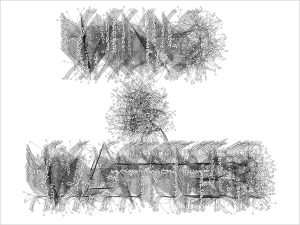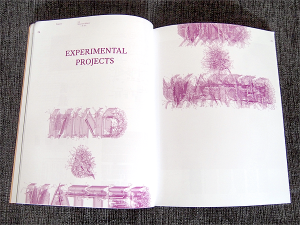Updated Project Proposal
For my final project, I am carrying out an individual project of a simple game inspired by the app, Tower Stack. Instead of a swaying crane, my game will utilize horizontal movement with varying speeds for my refreshing/’feeding’ building block. Players can use mouse click to release the building block, stacking them as tall as possible. The stacked tower also moves down and out of the canvas by the second, creating some time pressure on the player to stack blocks efficiently.

Project Proposal
For our final project, we were inspired by simple graphical illustrations of everyday moments – specifically in food handling activities. We want to create clickable interactions that prompt user input. For example, a scene may be pancake making, and the user would have to consider an image of its ‘ideal state’ in the top left corner while considering the timer on the screen, in determining when is the best time to flip the pancake. These interactions hope to create simple, satisfying moments for users when they are able to achieve its ideal scenario. These interactions will also mostly surround kitchen activities from pouring the perfect amount of coffee, baking a cake, etc.
Proposed Collaborator
Alvin Luk (akluk)
Sketches & Inspiration


![[OLD FALL 2017] 15-104 • Introduction to Computing for Creative Practice](../../../../wp-content/uploads/2020/08/stop-banner.png)



















